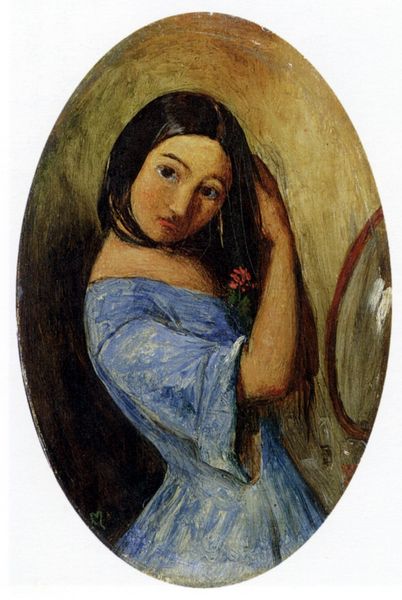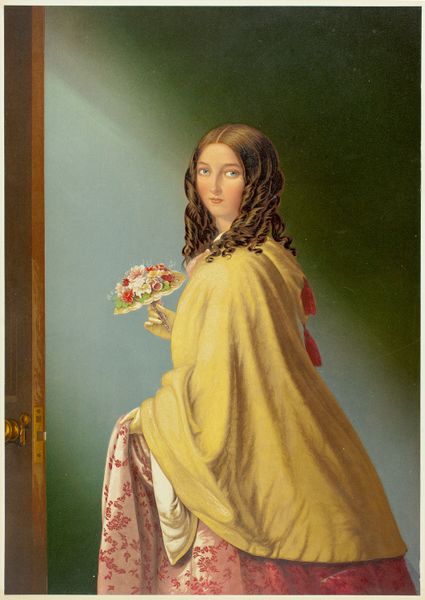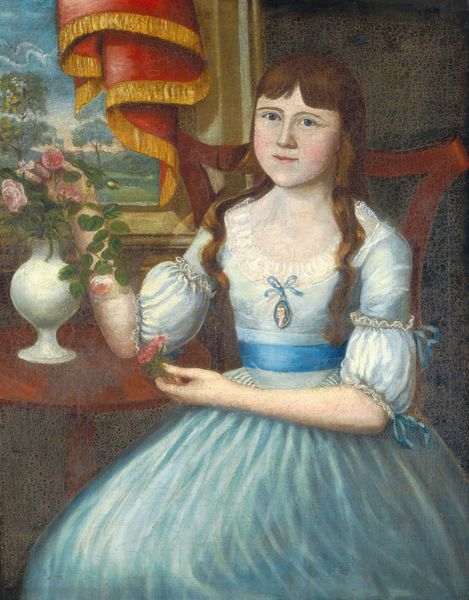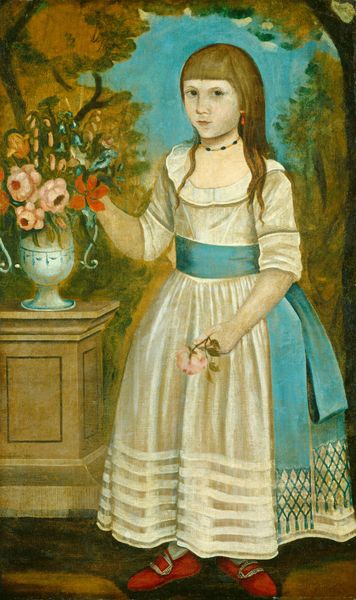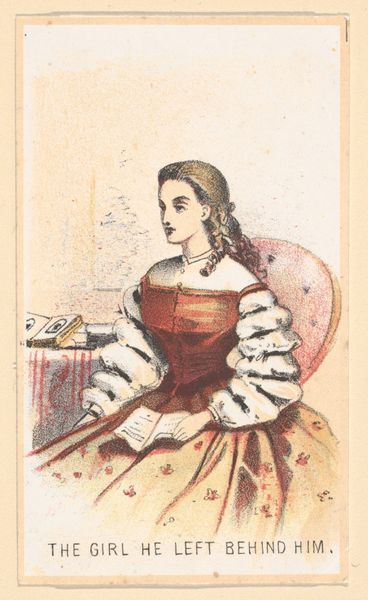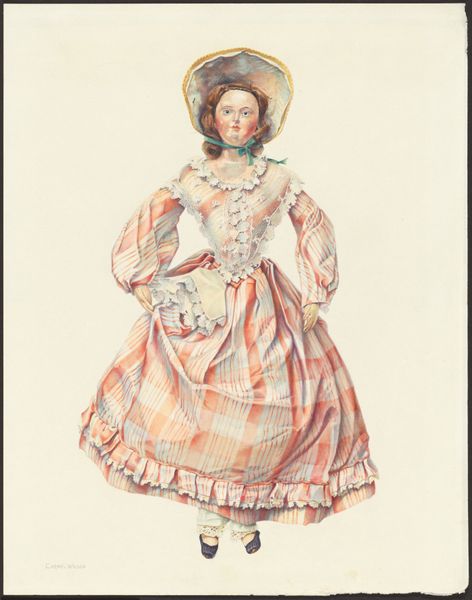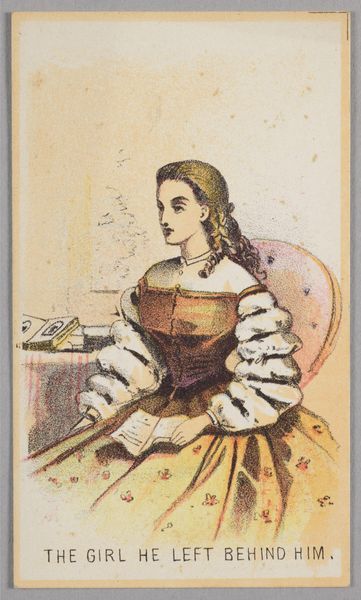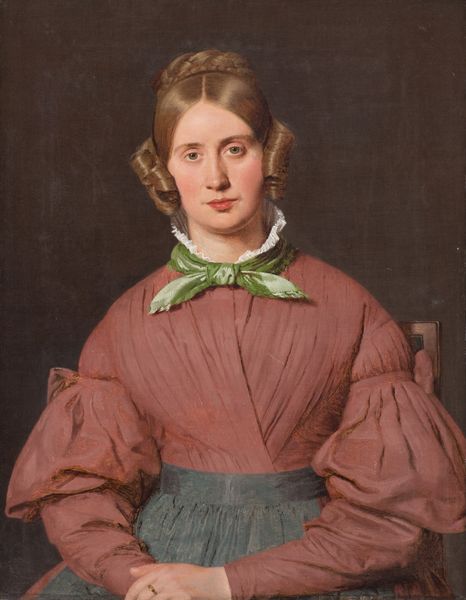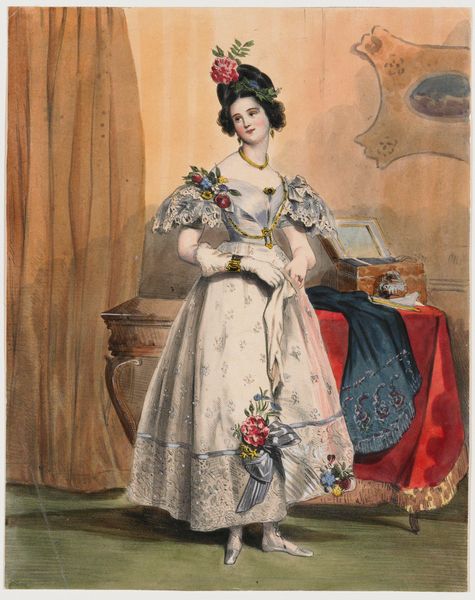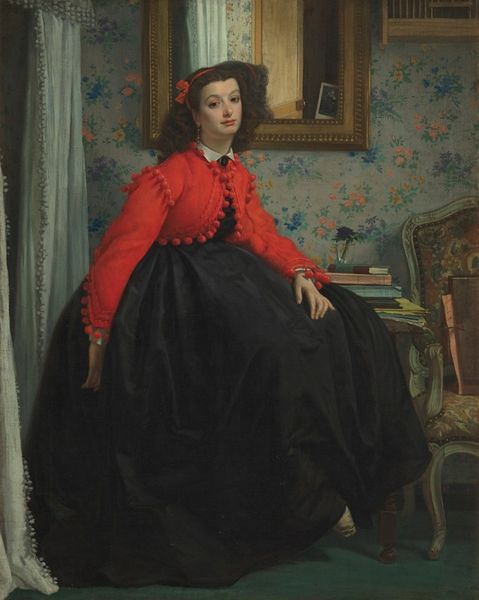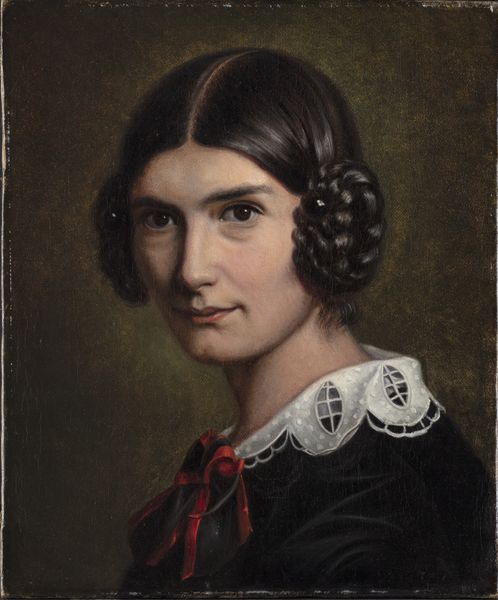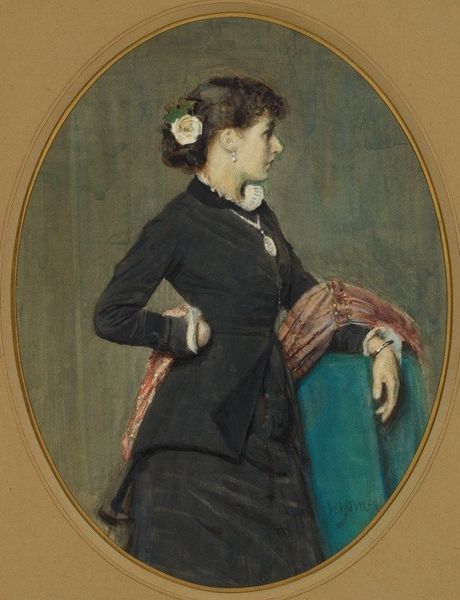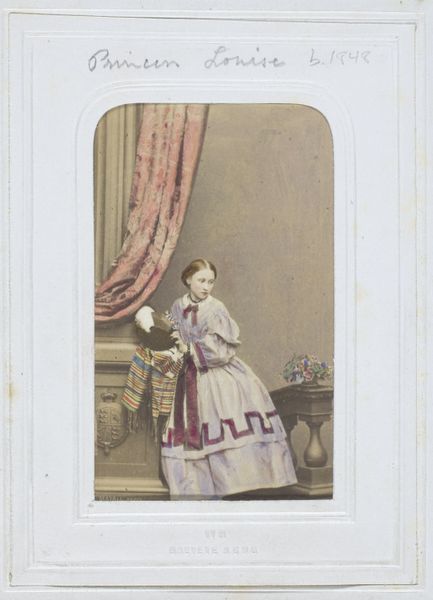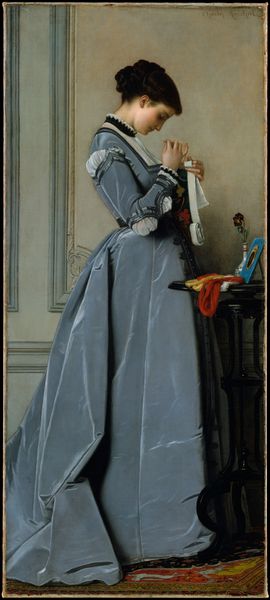
Dimensions: support: 610 x 492 mm frame: 766 x 655 x 70 mm
Copyright: CC-BY-NC-ND 4.0 DEED, Photo: Tate
Curator: James Collinson painted this piece, called "The Empty Purse," at an unknown date. It's currently located at the Tate Collections. Editor: It's unsettling, actually. The details of her dress are rendered with such precision, yet her gaze seems so distant and resigned. Curator: Consider the significance of the purse, or lack thereof, indicating financial straits. This was painted during a time of immense social change and economic disparity. What did it mean to be a woman in that era? Editor: Yes, and notice the almost obsessive detail given to the textiles and objects around her. The layering of labor involved in creating and consuming such objects is quite striking. Curator: These details speak volumes. The colors, the textures, the careful arrangements – they reflect the symbolic weight placed upon women and their roles in society. Editor: It feels like Collinson is using the material to comment on the societal expectations placed upon women, almost trapping them within the domestic sphere. Curator: Exactly. He gives us an echo of Victorian anxieties through the visual language of objects and pose. Editor: Looking closer, one cannot help but see the social commentary embedded within this work.
Comments
tate 6 months ago
⋮
http://www.tate.org.uk/art/artworks/collinson-the-empty-purse-replica-of-for-sale-n03201
Join the conversation
Join millions of artists and users on Artera today and experience the ultimate creative platform.
tate 6 months ago
⋮
The title of this picture and the showiness of the woman looking brazenly at the viewer suggest that she works as a prostitute. The bright colours and brilliant finish reveal Collinson’s Pre-Raphaelite past. He was one of the original members of the Brotherhood but he could not reconcile their ideas with his Catholic faith and he resigned. After a brief period training to become a priest he resumed his artistic career in 1854. His subsequent paintings like this one show anecdotal subjects and moralizing scenes from everyday life – the sort of paintings against which the Pre-Raphaelites rebelled. Gallery label, July 2007
